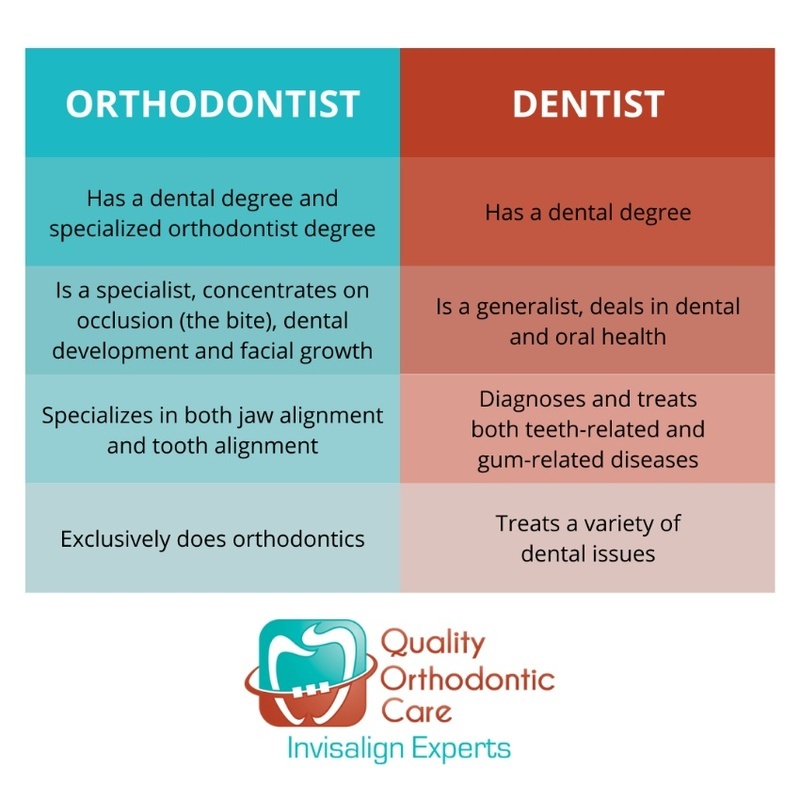Top Guidelines Of Causey Orthodontics
Table of Contents3 Simple Techniques For Causey Orthodontics10 Easy Facts About Causey Orthodontics ExplainedSee This Report about Causey OrthodonticsIndicators on Causey Orthodontics You Should KnowCausey Orthodontics - An Overview
Neglecting occlusal connections, it was typical to eliminate teeth for a variety of dental problems, such as malalignment or overcrowding. The concept of an undamaged dentition was not widely valued in those days, making bite correlations appear unimportant. In the late 1800s, the idea of occlusion was vital for developing trustworthy prosthetic replacement teeth.As these ideas of prosthetic occlusion advanced, it came to be a very useful tool for dentistry. It was in 1890 that the job and influence of Dr. Edwards H. Angle began to be really felt, with his contribution to modern orthodontics especially significant. Focused on prosthodontics, he instructed in Pennsylvania and Minnesota prior to routing his focus towards dental occlusion and the therapies required to preserve it as a typical condition, thus ending up being recognized as the "daddy of contemporary orthodontics".

The principle of suitable occlusion, as proposed by Angle and integrated into a category system, allowed a shift towards treating malocclusion, which is any type of deviation from typical occlusion. Having a complete set of teeth on both arcs was highly demanded in orthodontic therapy because of the requirement for specific partnerships in between them.
Causey Orthodontics for Dummies
As occlusion ended up being the crucial priority, facial percentages and appearances were ignored - best orthodontist. To accomplish excellent occlusals without making use of exterior forces, Angle postulated that having perfect occlusion was the most effective means to acquire optimal face aesthetics. With the passing of time, it ended up being fairly obvious that also an outstanding occlusion was not appropriate when thought about from a visual perspective
It came to be obvious that orthodontic treatment can readjust mandibular advancement, resulting in the formation of useful jaw orthopedics in Europe and extraoral force actions in the United States. These days, both useful devices and extraoral devices are applied around the world with the objective of modifying growth patterns and types. Seeking real, or at the very least enhanced, jaw connections had become the primary goal of therapy by the mid-20th century.
The Buzz on Causey Orthodontics
 Till the mid-1970s, dental braces were made by covering metal around each tooth. https://writeablog.net/causeyortho7/h1-causey-orthodontics-h1-br., it came to be possible to rather bond steel braces to the teeth.
Till the mid-1970s, dental braces were made by covering metal around each tooth. https://writeablog.net/causeyortho7/h1-causey-orthodontics-h1-br., it came to be possible to rather bond steel braces to the teeth.This has actually had significant impacts on orthodontic treatments that are provided routinely, and these are: 1. Appropriate interarchal relationships 2. Appropriate crown angulation (idea) 3.
The advantage of the style depends on its bracket and archwire mix, which needs just marginal cable bending from the orthodontist or clinician (cheapest orthodontist near me). It's aptly named hereafter attribute: the angle of the port and thickness of the bracket base ultimately determine where each tooth is located with little need for added manipulation
Not known Facts About Causey Orthodontics
Both of these systems utilized the same braces for each and every tooth and necessitated the bending of an archwire in three planes for finding teeth in their desired placements, with these bends dictating best placements. When it involves orthodontic home appliances, they are separated into 2 types: removable and dealt with. Removable appliances can be handled and off by the patient as needed.

Hence, mostly all modern-day fixed devices can be thought about variations on this edgewise device system. Early 20th-century orthodontist Edward Angle made a major payment to the world of dental care. He produced 4 unique appliance systems that have actually been used as the basis for several orthodontic treatments today, preventing a couple of exceptions.
How Causey Orthodontics can Save You Time, Stress, and Money.

The wire finished in a thread, and to relocate it onward, an adjustable nut was made use of, which permitted a boost in circumference. By ligation, each private tooth was affixed to this expansive archwire (orthodontist services). Due to its limited range of activity, Angle was not able to achieve exact tooth positioning with an E-arch
These tubes held a soldered pin, which could be rearranged at each visit in order to relocate them in location. Dubbed the "bone-growing device", this contraption was supposed to encourage much healthier bone growth as a result of its potential for moving force straight to the roots. Executing it proved frustrating in truth.